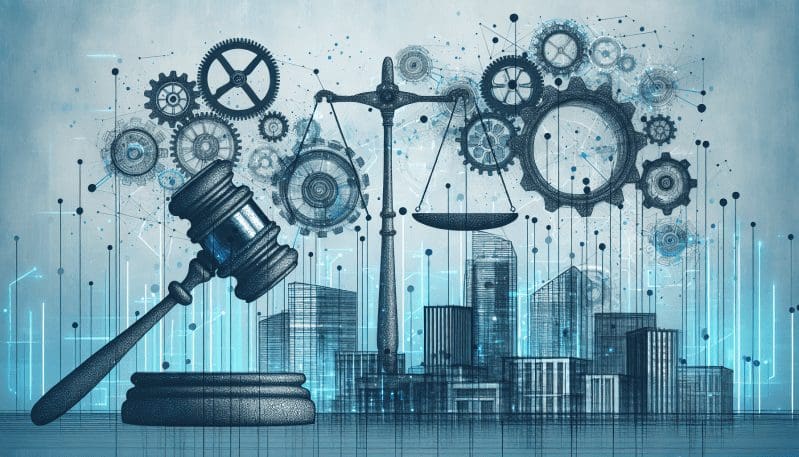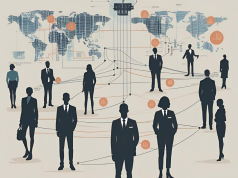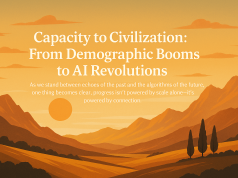As we advance further into the 21st century, one of the most significant transformations we witness is the rise of automation and artificial intelligence (AI) in the workplace. From manufacturing robots to algorithms managing customer service, technology seems to be relentlessly marching into nearly every sector of employment. This evolution brings forward a pressing question: How are labor laws adapting to the needs of an increasingly automated workforce, and are we ready for the challenges it may pose?
The current state of labor regulations has its roots in the industrial age—a time when human labor was the driving force behind production and services. These laws were designed to protect workers’ safety, ensure fair wages, and regulate working hours. However, the rapid technological advancements we are experiencing today present scenarios that the original framers of labor laws could not have envisioned.
The integration of automation in the workforce is not just about the replacement of manual labor; it is also about the redefinition of job roles and the creation of new employment paradigms. Some argue that automation will lead to job displacement, while others anticipate the birth of new industries and job categories. Nevertheless, there is a consensus that legal frameworks need to evolve to suit this new era.
For employees, the primary concern revolves around job security and the changing nature of work. There is fear among workers that machines and algorithms will render many jobs obsolete, leaving swathes of the population without stable employment. In response, there have been calls for reimagining labor laws to include provisions for retraining and education programs, universal basic income, or even job guarantees for sectors most affected by technological change.
On the other side of the coin, employers face the challenge of staying competitive in a global marketplace that increasingly values automation as a means to improve efficiency and cut costs. They argue for more flexible labor regulations that allow for easier adoption of new technologies and the restructuring of the workforce.
One of the policy solutions being debated is the implementation of a ‘robot tax’, where companies that automate jobs would pay a tax that would fund the social costs of unemployment. This kind of policy could help soften the immediate impact of job displacement while providing resources for social programs aimed at workforce reintegration.
Another consideration is the protection of gig workers who operate through digital platforms—many of whom might be in an even more precarious position. With the boundaries of traditional employment blurred by technological platforms, labor laws need to ensure fair treatment and adequate benefits, even in less conventional work arrangements.
Moreover, there is an ongoing discussion about the role of unions in the age of automation. Collective bargaining could be a powerful tool to negotiate the terms of workforce automation and ensure that employees do not bear the brunt of the transition toward a high-tech economy.
Ultimately, the future of labor laws must be a collaborative endeavor between lawmakers, businesses, workers, and technologists. It necessitates a forward-thinking approach that both protects the workforce from the potential pitfalls of automation and embraces the opportunities that new technologies can bring. The balance between fostering innovation and ensuring fair and equitable treatment of workers will be a defining challenge for this generation of labor lawmakers and could set the precedent for a new chapter in the global economy.
In essence, as we stand at the intersection of technological innovation and labor, it becomes imperative to craft policies that not only mitigate the risks but also harness the potential of automation for a prosperous and inclusive future. The dialogue is just beginning, and its outcomes will shape the labor market for decades to come.




























